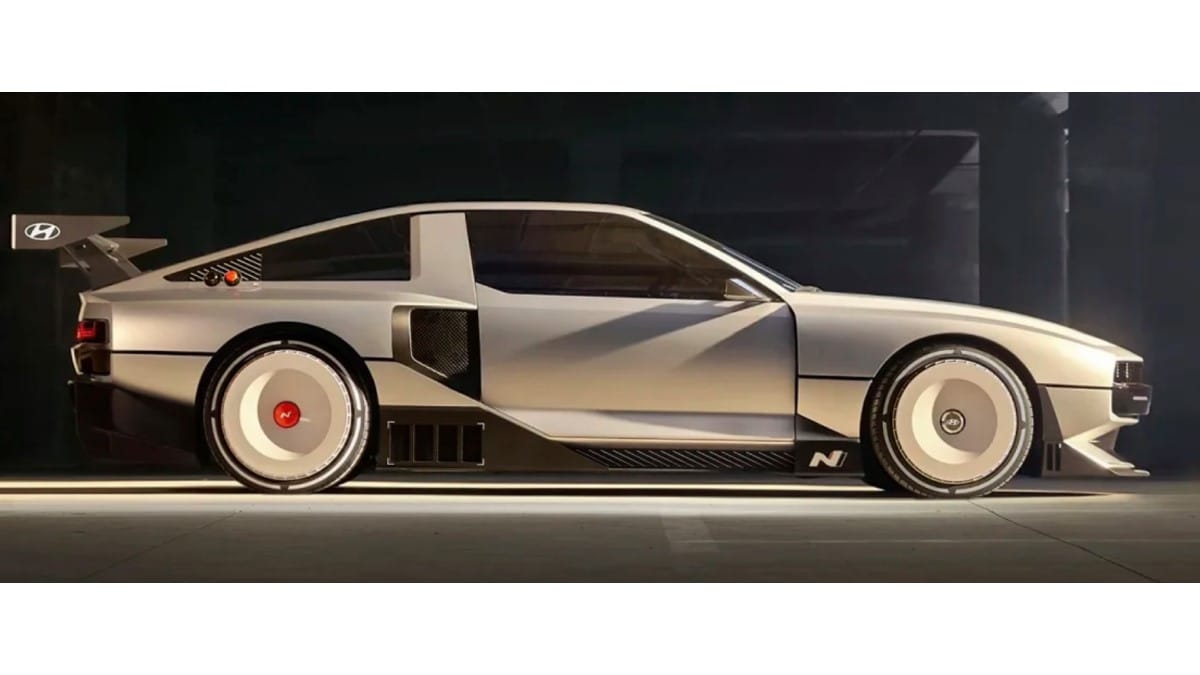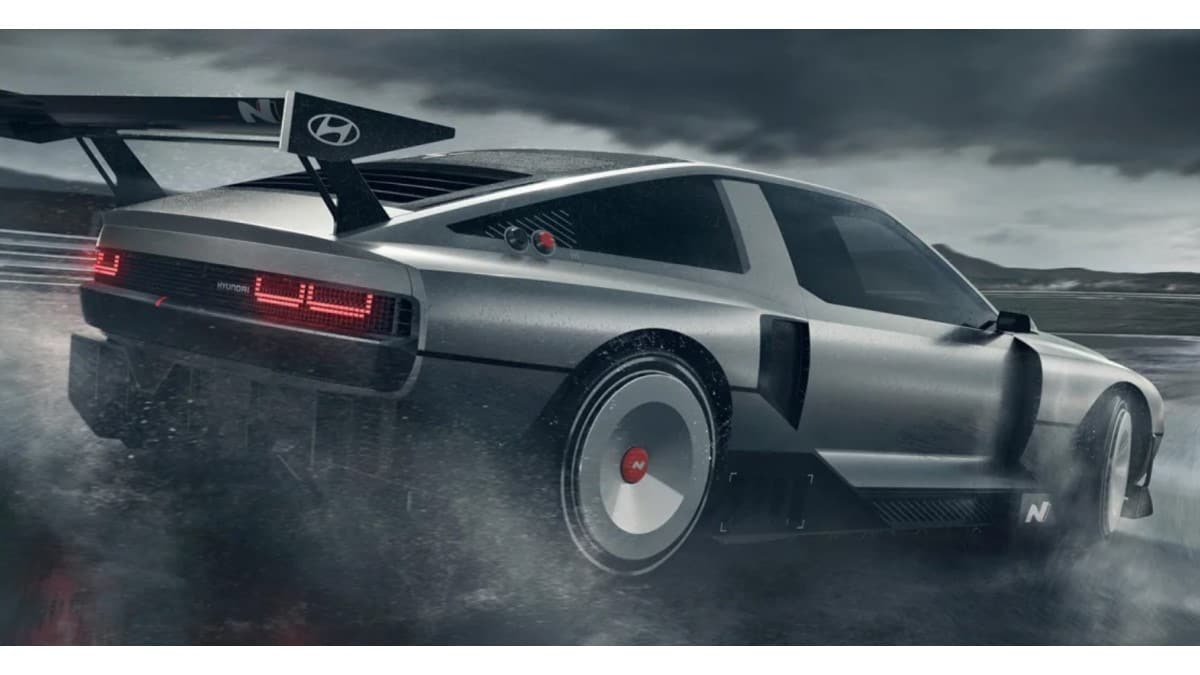The good news: You could soon park a vision of what the 1980s thought the future would look like in…
The good news: You could soon park a vision of what the 1980s thought the future would look like in your driveway.
The bad news: They’ll be rare, impractical, and likely very expensive.
A concept car is something a car company builds solely to inspire. Most of them fail or quickly fade.
Designers build them to show off their ideas about what the future could look like. They’re displayed at auto shows, shown to the press, and then retired to live on plinths in design studios or gather dust in warehouses.
Occasionally, one inspires a real car. The Kia EV9 concept, for instance, is now a car you can buy. It’s a toned-down version of the pillarless, fractal daydream that inspired it, but it’s undoubtedly great-looking because Kia saw how the concept inspired people.
Others fade. The Buick Wildcat looked incredible, but it didn’t turn Buick into a brand known for sleek sport coupes with turbine-inspired wheels.
One of the most inspiring concept cars of recent years is the Hyundai N Vision 74 Concept.

Retro-Futurist Cool
It looked like what the early 1980s thought the coolest people would be driving in 2024. Boxy retro-wedge lines, huge vents, and lighting inspired by the pixels of 1980s video games made it at once classic and futuristic.
It used a drivetrain from the future of an alternate-universe Earth, combining electric batteries with a hydrogen fuel cell to make about 800 horsepower. It threw all of that power into the rear wheels so an experienced driver could have fun with it.
The N74 seemed destined, frankly, for a display plinth in a Hyundai design studio.
But a new report says Hyundai’s going to build it — just 100 copies.
South Korea’s ETNews, in a report we had translated into English, says Hyundai “will develop the world’s first hybrid supercar that uses hydrogen and electricity simultaneously to produce 800 horsepower, and will produce only 100 units.”
They’ll reportedly appear “in the first half of 2026.” The company “plans to sell about 70 of the 100 N Vision 74 mass-produced units to the general public and allocate the remaining 30 units for racing.”
Just 70 worldwide would make it rarer than most Lamborghinis. And we’d say you’ll never see one on the road, but that hydrogen powertrain means a few might make their way to California, the only state with public hydrogen refueling stations.

But Hydrogen Fuel-Cell Rare
Hydrogen is impractical as an everyday fuel source in most of the country because there are only 63 hydrogen fueling stations in all of North America, with most being in California.
Price? The report doesn’t say. But with just 70 for sale globally, Hyundai could probably charge whatever it wanted for them.
So, it remains an unreachable dream for almost all of us. But we can’t help but be happy that Hyundai has chosen to build something from a concept car that created buzz.
In recent years, Hyundai has adopted an unusual tactic in its design. Most automakers design one compelling model and then iterate on that same theme to make most of their cars look alike.
With its electric cars, Hyundai has thrown that logic out. The swoopy Ioniq 6 and boxy,’ 80s-inspired Ioniq 5 have almost no lines in common. Their only common trait is that both show designers are allowed to commit to a new theme found nowhere else in the Hyundai lineup.
The N Vision 74 concept looks like neither of them, but it’s unabashedly itself. Let’s hope this is a further sign that Hyundai is done with look-alike cars and committed to letting designers have fun.


